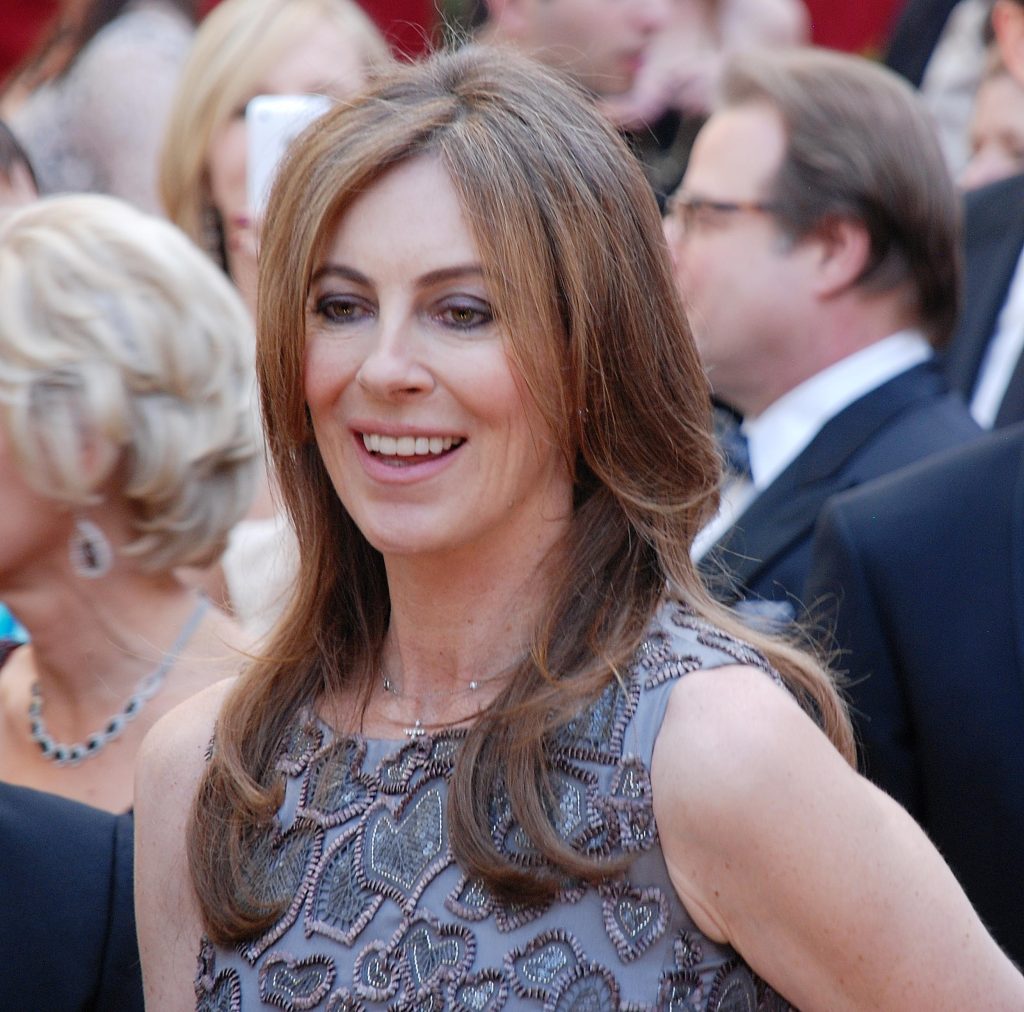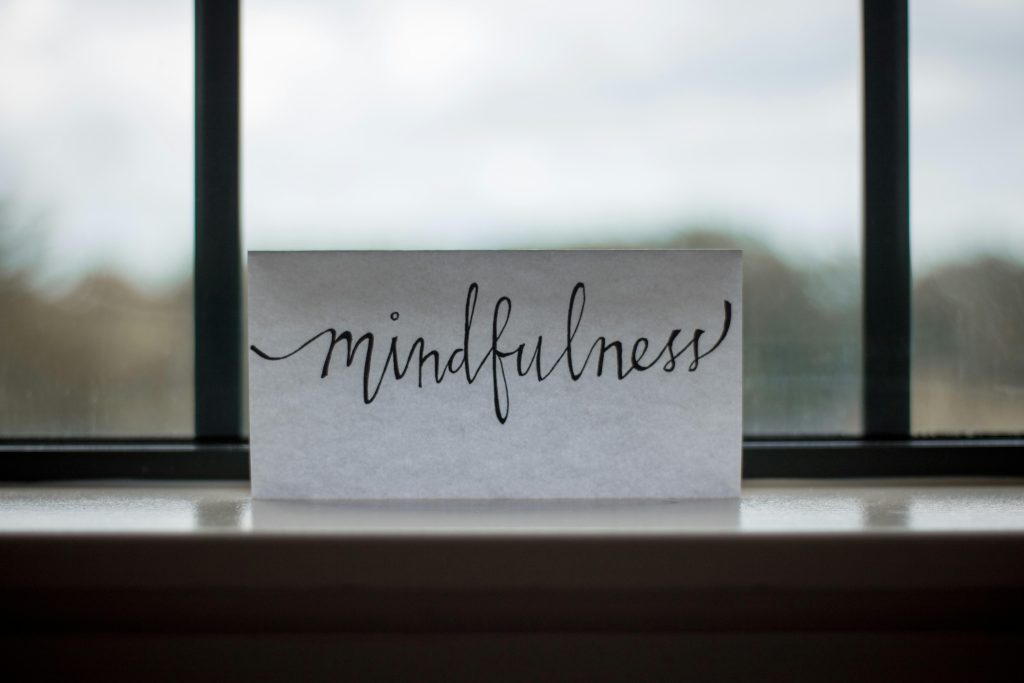In the realm of coming-of-age cinema, Greta Gerwig‘s “Lady Bird“ stands as a poignant exploration of adolescence, capturing the tumultuous journey of self-discovery with both authenticity and nuance. However, as with any narrative centered around the teenage experience, it raises the question of whether it overemphasizes certain aspects, notably teenage rebellion. This film, lauded for its relatable depiction of the high school years, invites viewers to examine the dynamics between youth and authority, individuality and conformity, and the often fraught path to independence. As we delve into the fabric of “Lady Bird,” we aim to unravel whether the film’s portrayal of rebellion serves as an essential narrative device or veers into exaggeration, shaping our understanding of the teenage psyche in profound ways. Through a critical lens, this article seeks to dissect the layers of rebellion depicted in the film, assessing its impact on both character development and audience perception, while considering its broader implications within the genre.
Examining the Portrayal of Teenage Angst in Lady Bird
In Greta Gerwig’s acclaimed film Lady Bird, the portrayal of teenage angst is a central theme, vividly illustrated through the protagonist, Christine “Lady Bird” McPherson. The film delves into the tumultuous journey of adolescence, marked by the pursuit of identity, familial conflicts, and the desire for autonomy. Lady Bird’s rebellious nature is not just a narrative device but a nuanced reflection of the universal struggle for self-discovery during the teenage years. Her clashes with authority, particularly her mother, highlight the generational gap and the quest for understanding and acceptance.
- Identity Exploration: Lady Bird’s constant experimentation with her persona underscores the fluidity of teenage identity. Her choices in friends, romantic interests, and even her name change are manifestations of her search for self-definition.
- Family Dynamics: The film deftly portrays the love-hate relationship with her mother, emphasizing the tension between parental expectations and personal aspirations.
- Societal Pressures: Lady Bird’s rebellion is also a response to societal norms, particularly the pressures of academic success and social status.
While some may argue that Lady Bird amplifies the rebellious streak typical of teenagers, it is this heightened depiction that resonates with audiences, capturing the raw, unfiltered essence of adolescence. The film’s authenticity lies in its ability to portray angst not as mere defiance but as a profound, albeit messy, journey towards maturity.

Analyzing the Balance Between Rebellion and Relatability
In Greta Gerwig’s Lady Bird, the depiction of teenage rebellion is intricately woven into the fabric of the protagonist’s journey, presenting a nuanced exploration of adolescence. Christine “Lady Bird” McPherson embodies the quintessential rebellious spirit, challenging parental authority, societal expectations, and even her own sense of identity. However, this rebellion is not portrayed in a vacuum; it serves as a vessel for relatability, capturing the universal tension between the desire for independence and the need for acceptance. This duality is essential in understanding whether the film tips the scale towards rebellion or maintains a delicate balance.
Key elements that underscore this balance include:
- Complex Family Dynamics: The push-pull relationship with her mother mirrors the internal conflict many teenagers face, grounding her rebellious actions in familiar emotional territory.
- Authentic Dialogues: Conversations are laced with humor and heartache, striking a chord with audiences who recognize the authenticity of adolescent struggles.
- Personal Growth: As Lady Bird navigates her senior year, her rebellious acts become stepping stones towards self-discovery rather than mere defiance.
Ultimately, Lady Bird crafts a narrative where rebellion is not an end but a means to explore the complexities of growing up, ensuring that audiences find both the audacity and the awkwardness of youth profoundly relatable.

Assessing the Impact of Parental Dynamics on Youth Defiance
The film Lady Bird paints a vivid portrait of adolescent rebellion, intricately weaving the nuances of parent-child relationships into its narrative. At its core, the movie explores how parental dynamics—characterized by both nurturing and conflict—serve as a catalyst for teenage defiance. The protagonist’s tumultuous relationship with her mother highlights the dichotomy of yearning for independence while being tethered to familial expectations. This dynamic often manifests in behaviors that challenge authority, reflecting a broader pattern where teens seek to assert their identity against the backdrop of parental influence.
Key factors that contribute to youth rebellion in such scenarios include:
- Communication Gaps: Misunderstandings and lack of open dialogue can escalate tensions.
- Emotional Validation: A perceived lack of empathy or support can drive teens to rebel.
- Autonomy vs. Control: Struggles over decision-making and freedom often lead to defiance.
Through the lens of Lady Bird, it’s clear that while teenage rebellion is a natural phase, it is significantly shaped by the intricate dance of parental interaction, highlighting the importance of understanding and adapting these dynamics.

Recommendations for a Nuanced Representation of Adolescence
To achieve a more balanced portrayal of adolescence, filmmakers and writers should focus on capturing the multifaceted nature of this life stage. Adolescence is not solely defined by rebellion but is a period rich with growth, introspection, and discovery. By exploring these themes, creators can offer a more comprehensive view that resonates with a broader audience. Here are some key recommendations:
- Diverse Experiences: Highlight varied adolescent experiences, including those influenced by different cultural, socio-economic, and familial backgrounds.
- Complex Characters: Develop characters with depth who face a range of emotions and challenges beyond the typical rebellious narrative.
- Authentic Dialogue: Craft conversations that reflect the genuine concerns and aspirations of teenagers, moving beyond clichés.
- Positive Role Models: Incorporate figures who guide and support adolescents, illustrating the importance of mentorship and positive influence.
- Exploration of Identity: Emphasize the journey of self-discovery, allowing characters to explore their identity in nuanced and realistic ways.
By embracing these elements, storytellers can create narratives that not only entertain but also offer insightful commentary on the adolescent experience. This approach encourages viewers to engage with and understand the complexity of growing up, beyond just acts of defiance.









